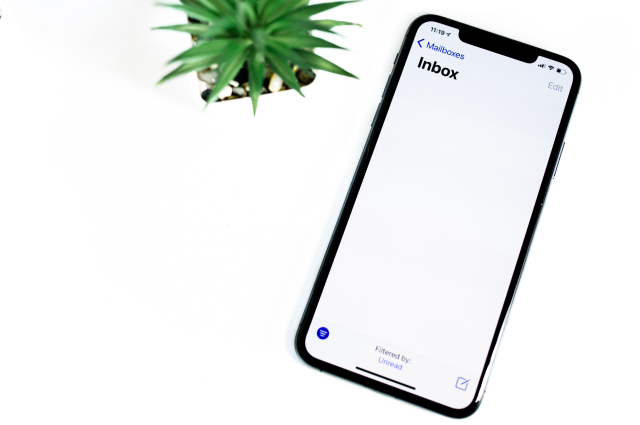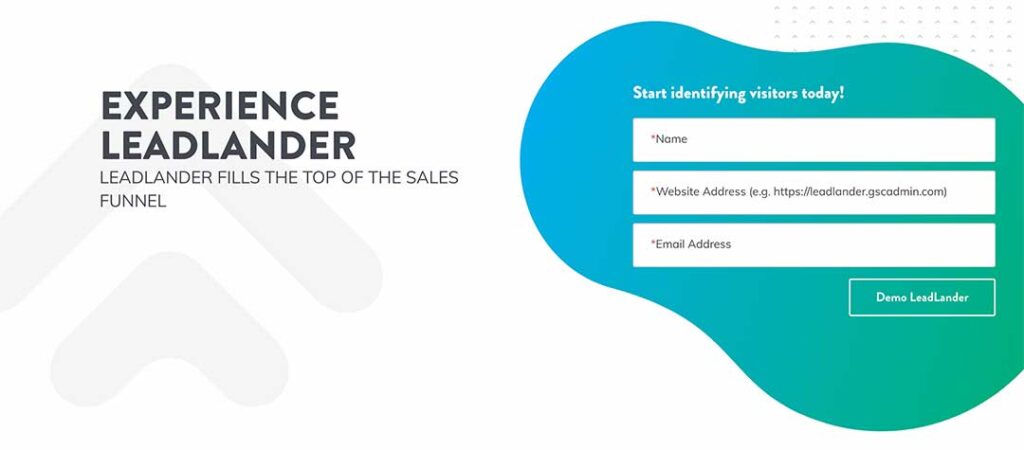Research suggests the return on investment for email marketing is an impressive $36 for every $1 spent. But to achieve that ROI at a level that impacts your company, you need large email lists that are full of the right addresses. That’s why finding the right email capture strategy is so important. Doing so can help you hit your lead goals without relying on lead generation companies to get there. We’ll tell you why that’s true and highlight the top 10 email capture strategies in the sections below.
What is an email capture strategy, exactly?
A company’s email capture strategy is how it goes about getting its customers’ email addresses—the higher your capture rate, the more email addresses from website visitors and social media followers.
The average email capture rate is only about 2%. That means most companies have room for improvement in this area.
Why it’s worth focusing on
It’s worth making email capture a priority for each of the following reasons:
- Email marketing has a very high ROI
- Most companies haven’t yet optimized for email capture
- It’s easier for a company to hit its sales lead goals when it has a broader audience to work with

10 Email capture strategies for sales lead generation
If you employ the following tips, you should be able to generate more sales leads without needing to hire outside lead generation companies.
Know the type of leads you’re looking for
Begin by figuring out the specific sales leads you’re looking to get out of your email capture strategy.
If you want to optimize for pulling in as many leads as possible, your email capture forms will likely appear immediately after a new person visits your website.
But some companies are looking for warm leads, which they have a higher chance of converting. If that’s you, you might want to wait to show your email capture form until a user’s navigated to a few different pages, returned to your website a second time, or finished reading a blog post.
This would help you curate an email list of leads who have expressed a more significant interest in your company and its products.
Make your signup form easy to find
You won’t be able to start capturing more email addresses if people can’t find your signup form. So placement is extremely important.
One strategy is using a dynamic email signup form that moves as your website visitors scroll through your pages. These may perform better than static forms since they’ll always be visible to your audience, whereas static forms stay in a single place where a potential lead could scroll away.
Let users know what they’re getting
The average office worker receives 121 emails every day. So people aren’t going to just give you their email address for no reason. That’s why you need to clarify what people will get for giving you their information.
This could include things like:
- Access to special deals
- Updates about new products and services
- Thought leadership content
Attach an incentive to your forms
A recent Google study made an exciting discovery about incentives and email addresses.
The research found that about 33% of people will give a business their email address with no incentive. But an impressive 90% of people would give a business their email address with the right incentive.
The data speaks for itself. Your company may be able to start getting many more email addresses than it currently is if it attaches the right incentive to its capture forms.
Produce engaging, relevant content regularly
People enjoy reading and watching high-quality content that’s relevant to their interests. If someone discovers that your business regularly produces content that they care about, then they’re much likelier to want to continue coming back to your blog or YouTube channel.
Companies can leverage this desire for high-quality content to get more email addresses. For example, you can attach an email capture form at the end of a blog post to encourage people to leave their addresses to send this type of content to them directly in the future.
Keep your forms simple
As you work to improve your email capture results, it’s essential to remember that people are naturally hesitant to give their information to a company online.
Everyone has a different line in the sand for the types of information that they’re willing to give up and for what reasons.
That’s why it’s always better to keep your forms as simple as possible. The more information you ask for, the more likely it is that one of those pieces of information is something that a lead won’t give to your company.
And if there’s a single piece of information that someone doesn’t want to share with you, you won’t get anything from them.
So if you want more email addresses, just ask for email addresses. Don’t add fields for someone’s name, phone number, zip code, and other pieces of information that they may want to keep private.
Use the right call to action
Your CTA is the last piece of the puzzle. When done well, that final step gets someone to give you their email address.
You also really want to focus on creating the right calls to action for your specific audience. This can vary based on the tone that your brand has adopted elsewhere.
For example, you can use relaxed, casual language in your CTA if that’s the type of company you run. But the same type of language may turn off a more professional audience.
The language and content of your CTAs may even vary from form to form based on whether you’re targeting specific audience segments or your entire audience as a whole.
Make sure your forms are mobile-friendly
Mobile internet traffic accounts for nearly 55% of all traffic worldwide. So if your forms aren’t mobile-friendly, you risk turning away a large chunk of your audience.
One interesting strategy you might deploy for this is offering your mobile visitors a one-touch email capture form. These let users tap a single button to open up their email app and then another button to subscribe to your list.
This is handy because it eliminates every barrier a mobile user may have before giving you their email address. They won’t have to type the address in themselves or worry about touching the right part of their screen to join your list.
Try personalization where possible
People respond better to content that’s specifically relevant to them. That’s why it’s good to use personalization whenever you can in marketing. This applies to your email capture strategy as well.
Behavioral segmentation is great for personalizing email capture forms. This tactic involves changing the capture form based on the behavior that someone has shown you in the past.
For example, your capture form could change based on whether it’s the first time someone has visited your site, or they’ve come back a few times.
Use A/B testing to inform your decisions
If you’re not familiar with it, A/B testing is a marketing strategy that involves deploying two very similar versions of the same content with slight changes in wording, placement, images, or something else.
When you A/B test and track the data, you can see how minor changes impact the performance of your email capture forms. Then you can leverage that data to deploy the version of your email capture form that gives you the highest success rate overall.

Leadlander makes it easier to hit your lead goals
Using the right email capture strategies can help your company generate more sales leads. But to use this strategy effectively, you need a reliable source for website data to figure out what’s working for you and make sure you optimize for it.
That’s where LeadLander comes in. Our website visitor tracking software tells you everything you need to know about who’s visiting your site, what they’re doing on it, and what’s causing them to leave.
Armed with that information, you can make more informed decisions about using email capture to hit your lead goals.
But don’t take our word for it. Sign up for a free trial of LeadLander today to see the value we can offer you directly.

Related Reading


